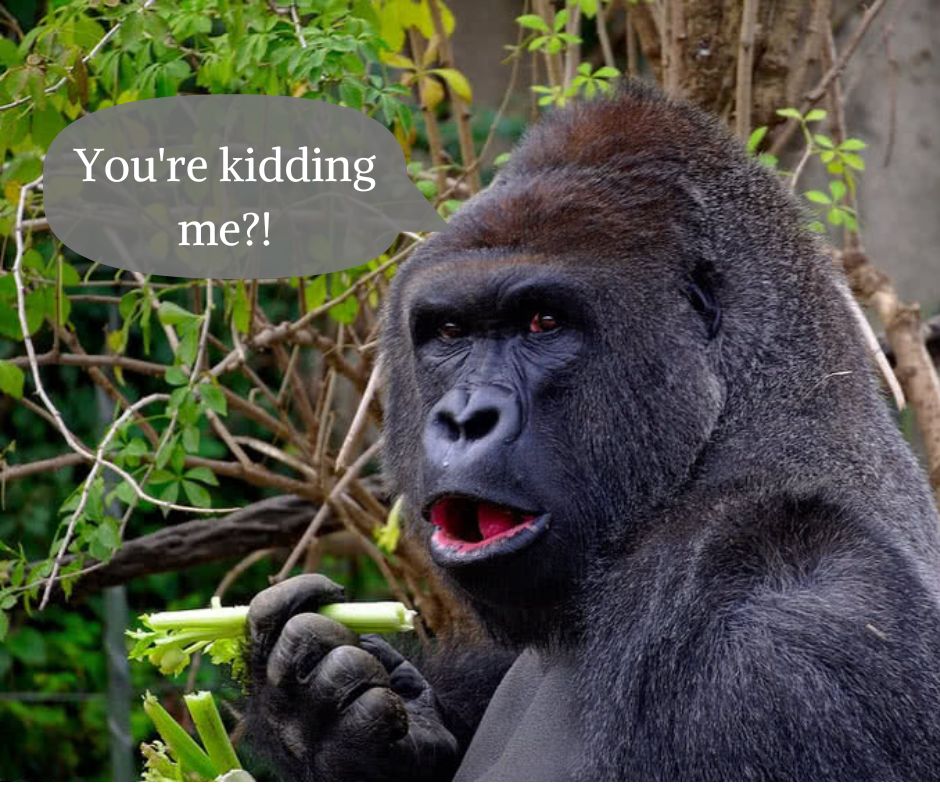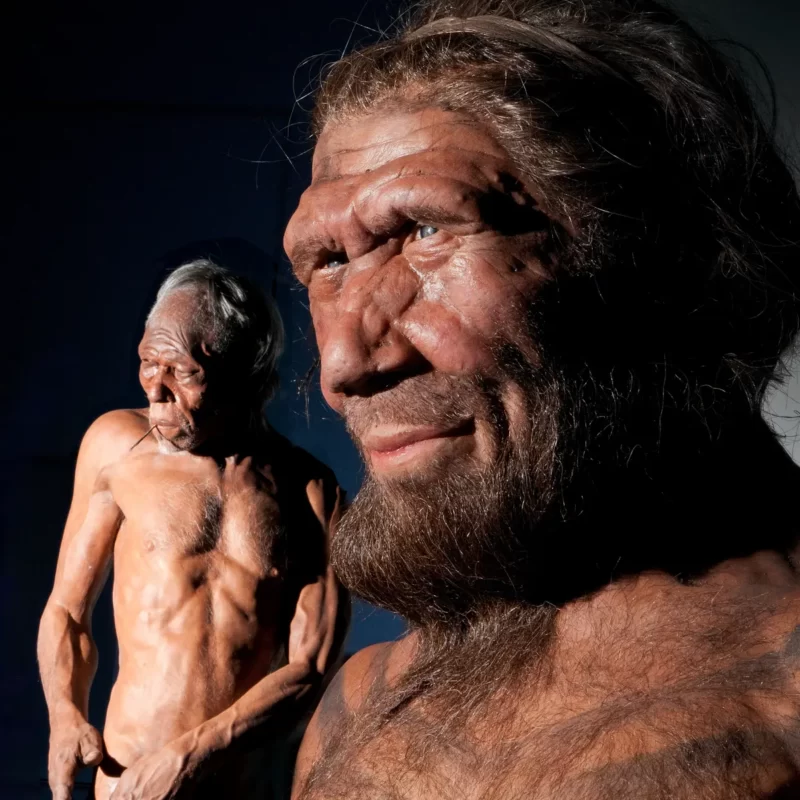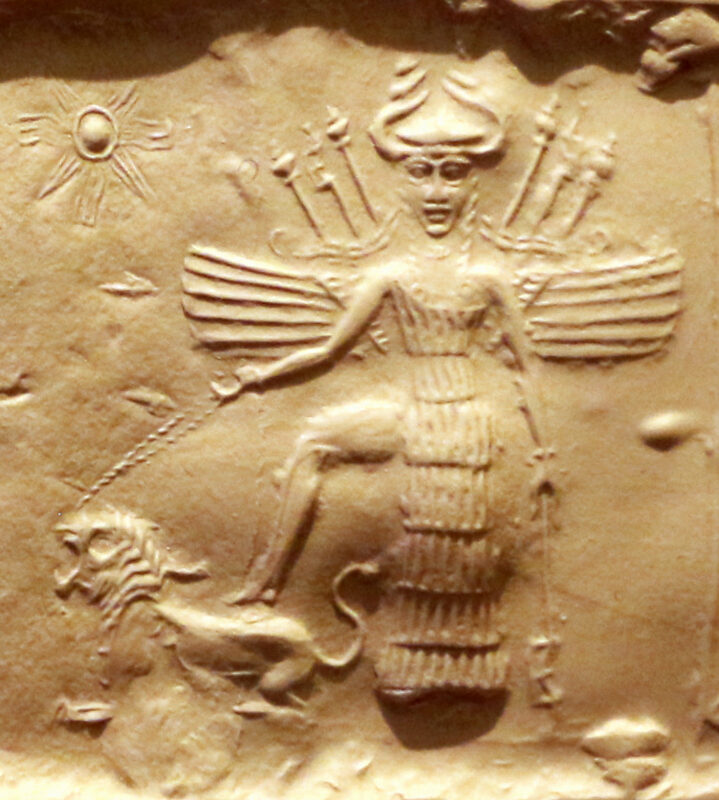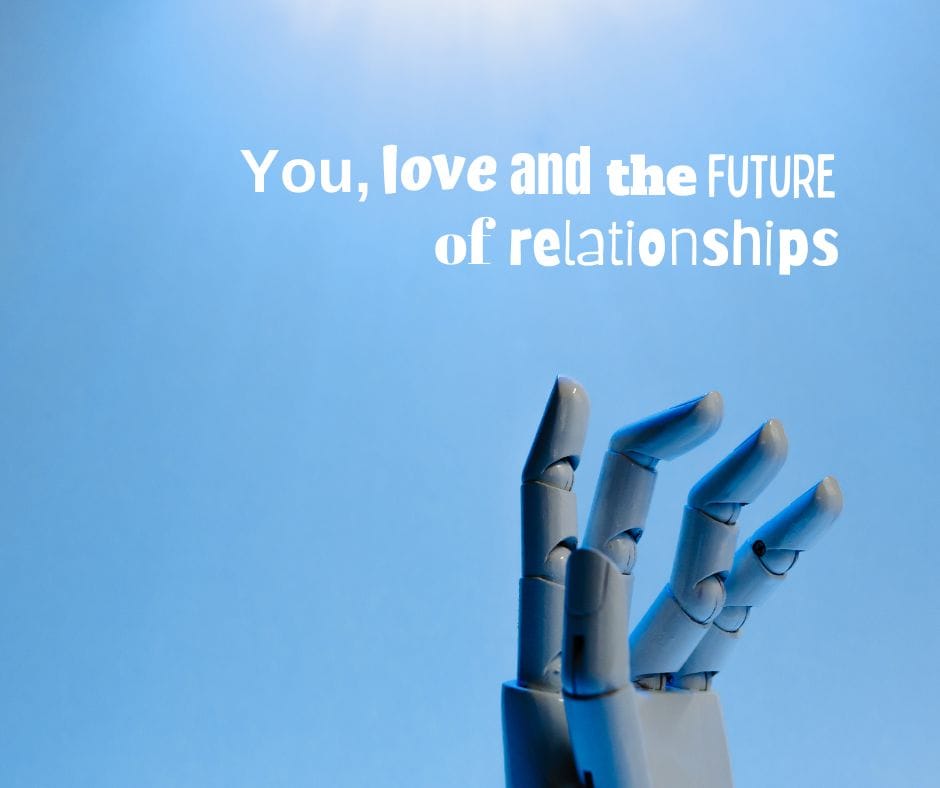Uncategorized
You, Love and the Future of Relationships

Love and relationships, in the first of our two-part blog post on love, family and stepfamilies, we’ll looking at the origins of both and as we do this we’ll explore; marriage, nakedness, God and the church.
OK, let’s start at the beginning.
Before we get to grips with relationships, we’ll look at…families and where, how and why, has the need for families arisen.
Family

This reconstruction may not show this fine lady at her best, but this is Dinkinesh or Heelomali, known in the west as Lucy.
Why is Lucy important ?
From the Latin for light Lucy shines a light on our earliest beginnings and no doubt you’ve heard we can all trace our origins back to her.
Well, it’s not that we can all trace our family tree directly back to her, more so to her kind, for Lucy represents the first of the Australopithecus afarensis hominins, a line that would eventually lead to us.
Australopithecus afarensis branched of from a common primate stem somewhere around 4 million years ago.
From this shared stem many other hominids emerged such as the Neanderthals, as well as our first cousins; chimps etc.
Relationships and early family structures.
Life continually seeks a move toward pleasure (food, shelter, warm) and away from pain (cold, hunger, attack, uncertainty).
At the dawn of man the idea and possibility of stepfamilies didn’t exist, neither of course did families, we lived in bands or groups or more precisely troops.
Our proto-family structure, that of Australopithecus afarensis, was much like we see prevalent across the rest of the animal kingdom. A hierarchical structure where any number of females would enter into subservient relationships, with the alpha male.
The given narrative for such behaviour is the desire on behalf of the dominant male to spread their seed.
Own it!
In this scenario, reliable access to precious resources like food, water, shelter and protection was critical.
Without such access death would swiftly follow and one method used, to ensure their survival was to scent mark the outer perimeters of their living space signifying…ownership.
This territory would contain most, if not everything, including females, the male would need…and for which they would die if called upon to defend.
However, research such as Human Origins and the Transition from Promiscuity to Pair-Bonding by Sergey Gavriles suggests this is not quite the case.
The title of Gavriles’ piece is of course intentionally provocative as it almost involuntarily calls up our moral judgement, however that would be wrong.
This counter view suggests females are not, ‘the put-upon things’ we have been given to imagine. More than suffering or incidentally benefitting as a side effect of patriarchy, female primates are co-creators of the social system to which they belong and active in defining their role.
Like male primates, female primates come preloaded with the same excruciating primordial instinct to survive.
And like all other life forms they achieve this playing to their strengths. This combines the offer of recreational sex, giving birth and care of the young, for which she secures for herself access to…
- Scarce resources (food, water, shelter and protection) but more crucially
- Access to the superior genes of the dominant males to enhance her own lineage
- Protection.
For female primates sex with more than one male didn’t present such a problem.
Quite the reverse, as it is, this winning tactic…
- ensures their continued favour when the present king falls
- increases the survival rate of their young. Adult males routinely kill the offspring of other males clearing the way for the female to carry their own seed when she again comes into season.
- is used to gain favour, strengthen alliances and increase social standing.
What’s Love Got to Do With It?
In fact, chimpanzee troops for instance, with whom we share 99% of our DNA, we see the counter part, alpha female. She runs an equally hierarchical structure of female primates and is not to be crossed, this is how she governs and maintains her place at the top.
As for the dominant male who may think he’s the daddy, in a number of cases he is not, for the next alpha, beta or chancer, is constantly stealing in, challenging and/or waiting in the wings for their opportunity.

…afraid not.
‘All living things prioritize their own survival above all else and will do what is necessary to stay alive’.
And almost everything we do flows back to this directive.
This is the first (impartial) law of life working, ensuring in whatever (messy) form it takes, life continues…and infants are born.
It’s perhaps more helpful to think of this from a broader perspective, as opposed to the behaviour of prideful and egocentric males or promiscuous females.
Nevertheless, on the surface at least, neither group would appear to emote a great deal about the situation. Which is not to say primates don’t feel emotion or have relationships they do, all animals do and have strong emotional ties to each other.
A winning formula?
Well, with little change for millions of years, this structure sheltered all primate life who are, if not anything pragmatic using: physical strength, sex, opportunism and guile, to win out in a harsh transactional based economy.
So here in our earliest beginnings, the ties that bind were first and foremost rooted in what we do and even today, pitted against our wholly ‘romantic’ notion of love, is ‘love as a verb’. (S Covey).
Love and Relationships
For millions of years; care, love and warmth, was expressed through ‘action’ and fundamentally communicated through what we do (or not) for the other.
In our forebears, this idea was increasingly challenged by the first shoots of ‘feeling’ and heightened ‘emotion’.
This was revolutionary, for nowhere up to this point, had emotion played a more central role as an organizing principle. Ephemeral, less easy to grasp and quantify, this represented a radical departure from the norm.
Of course, life lived with progressively higher levels of emotion, inevitability influenced relationships and concepts, familiar to us today and which underpin our understanding of relationships: exclusivity, expectation, closeness, trust, betrayal etc began their refinement here.
Love and the Naked Ape
For generations after Lucy, the next major change we need note occurred about 300, 000BCE with the emergence of the ‘naked ape,’ (D. Morris), a unique branch of the primate family and out on the plains this must have been a queer and striking sight for sure.

This new group, (homo-sapiens), hairless, up-right, distinguished by an astonishingly big brain and now fully empathic, was about to radically shake up the dating game.
As nomadic hunter gathers in ever smaller groups, with homo-sapiens, eventually two would become the magic number and monogamy the new black.
Here against all odds the early modern family was born. Against all odds for it’s worth noting that whilst pair bonding is found in all species, these types of relationships are rare…very.
In fact only 3-5% of animals model this behaviour and of all those that do, it’s birds not primates, who show most inclination toward this arrangement. A massive 90% + of birds pair bond for life…impressive.
Anyway despite being distinctly off-trend, the naked ape was about to give pair bonding a go.
God, Love, Relationships and the Family
For now the living arrangements for our early ancestors was a much more looser affair — less committed in some cases and more so in others.
And whilst today marriage requires some kind of temple, some kind of intermediary and some kind of God, during those early times, none of these institutions were sufficiently developed to hold any sway.
As they were, higher beings didn’t really intrude to too much into personal life nor were they called upon to do so, it was pretty much down to the individuals.

No, above all the band, the troop needed to provide for itself. It needed to be fed, it needed good hunting ground, drinking water and a safe place to sleep.
And is isn’t until we get to somewhere around 4,000BCE, where we see records of and reference to gods in relation to love and relationships…Inanna.
Marriage and the Family
More or less in the presence of love, our homo-sapiens forebears would co-habit raising children and share the unpredictability of life until we get to around 2,350BC where the first recorded couple formally said, I do.

Marriage and family life could be seen as the natural logical outgrowth of this new ape’s ‘new’ monogamous perspective and capacity to feel and connect…it is not.
As an idea, marriage developed primarily as a tactical device.
As organising principle, marriage created alliances between elites to maintain and increase their own power.
Likewise, for the poor marriage was a useful defence against destitution and life’s often wild fluctuations e.g., poor harvest, debt, illness, death etc.
So…
What’s Love Got To Do With It? T. Turner
Well not as much as it would first seem perhaps but this is not a charge against marriage itself.
Epilogue
The future. We develop these points in part II ‘Families and Step-families‘ but we’re going to end part I understanding; what we take as essential pillars of family; love, marriage, god, temple or church, emerged at different times, for different and very distinct reasons.
And, based on such a patchwork of unrelated ideas and the origins of behaviour, it could be argued, at its core, the ‘modern’ family is flawed and inherently prone to frequent collapse.
It could be…
fin
What do you think? Let’s continue the conversation…comment below.
Check out our blog on Goal Setting and Self Love and Well Being
Use this link to let us know your general thoughts via our contact page.
And be part of the wider PQS community and like, comment, share and follow, us on Facebook and IG.
Email: parentsquietlysucceeding@gmail.com


